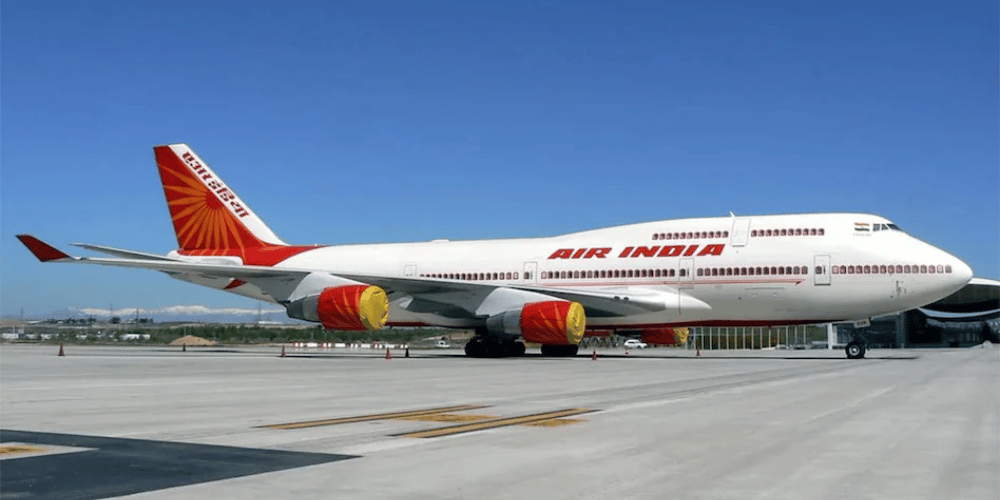The Boeing 737 is a popular commercial aircraft that has been in production for over six decades. It was originally designed and developed by the American aerospace company, Boeing, in the 1960s, with the first model, the B737-100, entering service in 1968. Since then, the aircraft has undergone numerous upgrades and advancements to become one of the most successful narrow-body airliners in the aviation industry.
The B737 was designed to be a short-to-medium ranged aircraft with a twin-engine configuration, making it ideal for regional and domestic flights. It was developed as a more cost-effective alternative to the larger Boeing 707 and 727, which were primarily used for long-haul international flights. With the B737, Boeing aimed to offer airlines a more efficient and economical option for shorter routes. Over the years, the B737 has evolved into a family of nine different passenger models, including the B737-200, B737-300, B737-400, B737-500, B737-600, B737-700, B737-800, B737-900, and the latest addition, the B737 MAX. These models range in capacity from 85 to 215 passengers, offering airlines the flexibility to choose an aircraft that best suits their needs.
One of the key advantages of the B737 is its narrow-body design, which allows it to operate from smaller airports and more limited runways. This makes it ideal for airlines that need to serve regional and domestic routes that do not require larger aircraft. Additionally, the B737 is known for its reliability, fuel efficiency, and low operating costs, making it a popular choice for airlines around the world.

